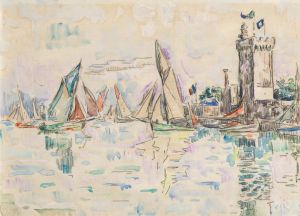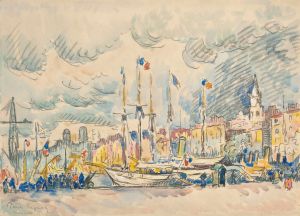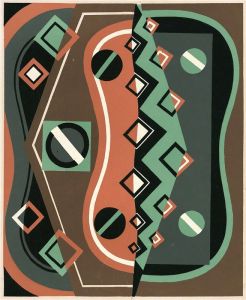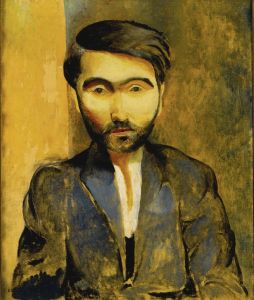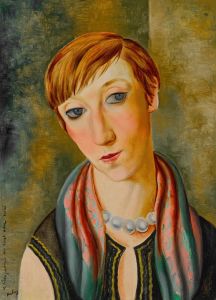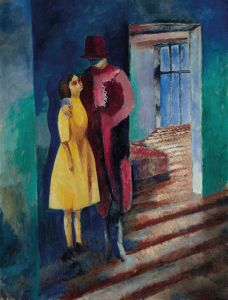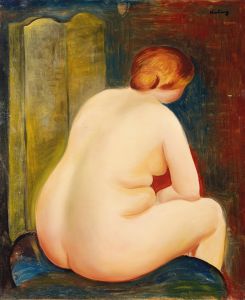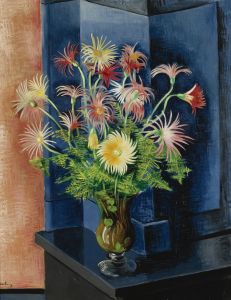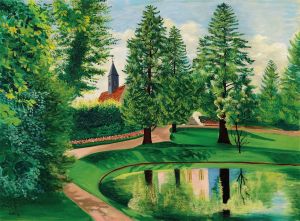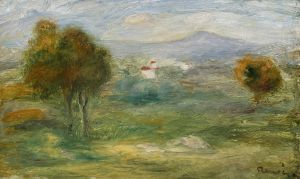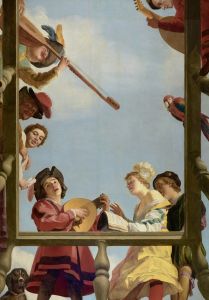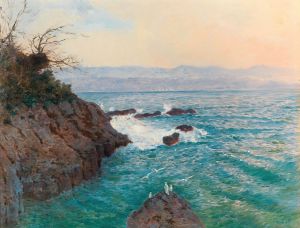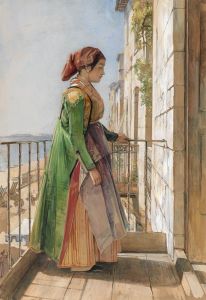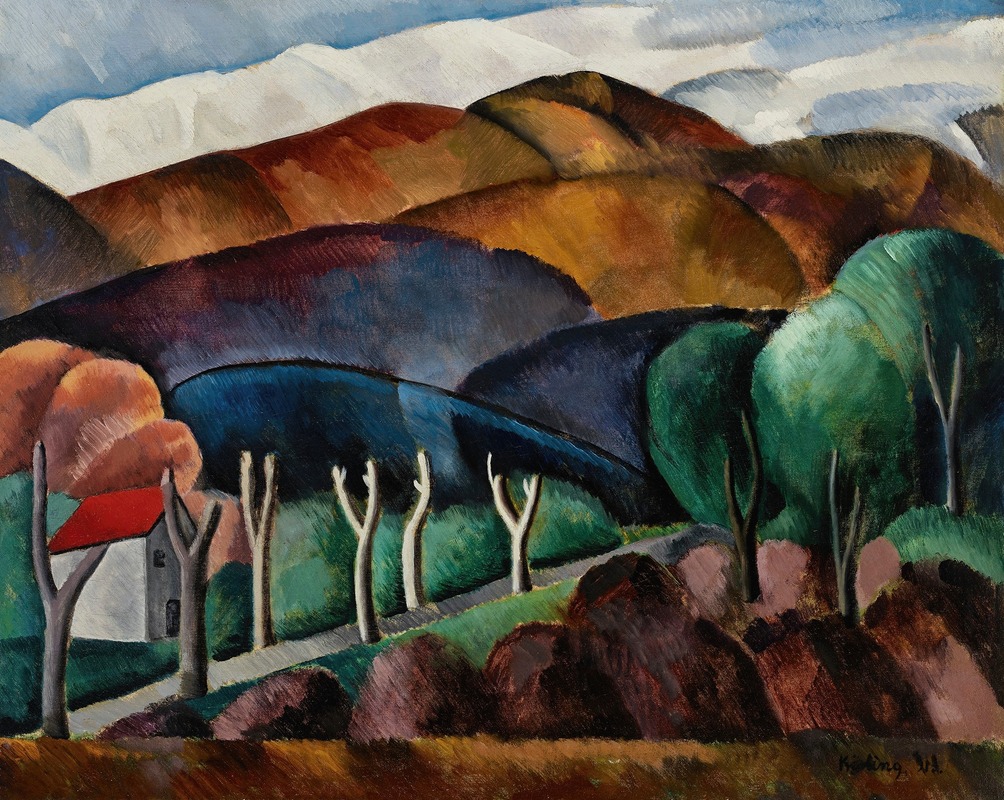
Céret, vue sur le Canigou
A hand-painted replica of Moïse Kisling’s masterpiece Céret, vue sur le Canigou, meticulously crafted by professional artists to capture the true essence of the original. Each piece is created with museum-quality canvas and rare mineral pigments, carefully painted by experienced artists with delicate brushstrokes and rich, layered colors to perfectly recreate the texture of the original artwork. Unlike machine-printed reproductions, this hand-painted version brings the painting to life, infused with the artist’s emotions and skill in every stroke. Whether for personal collection or home decoration, it instantly elevates the artistic atmosphere of any space.
Moïse Kisling, a Polish-born French painter, created the artwork Céret, vue sur le Canigou during his career as part of the École de Paris movement. Kisling, born in Kraków in 1891, moved to Paris in 1910, where he became associated with a vibrant community of artists, including Amedeo Modigliani, Marc Chagall, and Jules Pascin. His work is characterized by a blend of modernist influences and a distinctive use of color and form.
The painting Céret, vue sur le Canigou depicts a landscape view of Céret, a small town in the Pyrénées-Orientales region of southern France, with the Canigou mountain in the background. Céret was a significant artistic hub in the early 20th century, attracting numerous artists such as Pablo Picasso, Georges Braque, and Juan Gris. The town's picturesque scenery and its proximity to the Pyrenees made it an inspiring location for painters seeking to capture the interplay of light, color, and form in the natural environment.
Kisling's depiction of Céret reflects his skill in landscape painting, a genre he explored alongside his more well-known portraits and still lifes. The painting likely showcases his characteristic use of vibrant colors and precise composition, emphasizing the harmony between the town's architecture and the surrounding natural beauty. The Canigou mountain, a prominent feature in the region, serves as a dramatic backdrop, symbolizing the connection between human habitation and the grandeur of nature.
While Kisling is primarily celebrated for his portraits, which often feature elongated forms and a sense of melancholy, his landscapes demonstrate his versatility as an artist. His time in Céret and other parts of southern France allowed him to experiment with different styles and techniques, contributing to the diversity of his artistic output.
Céret, vue sur le Canigou remains an example of Kisling's ability to capture the essence of a place through his unique artistic lens. The painting reflects both the influence of the artistic community in Céret and Kisling's personal interpretation of the landscape. Today, Kisling's works are held in various public and private collections, and he is remembered as a significant figure in the École de Paris, contributing to the rich tapestry of modern art in the early 20th century.





